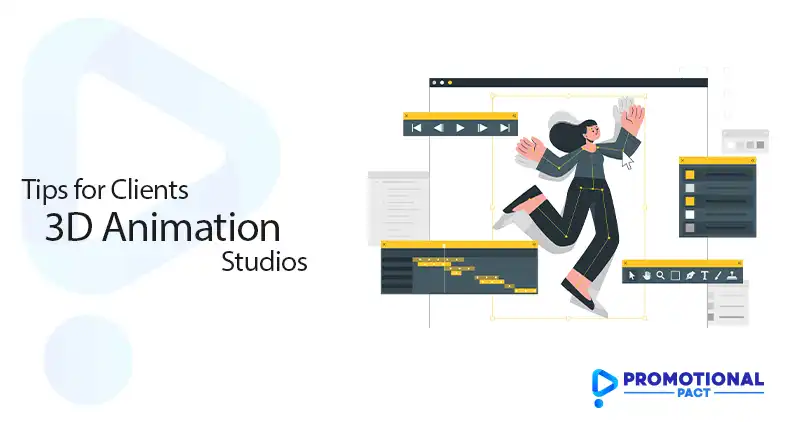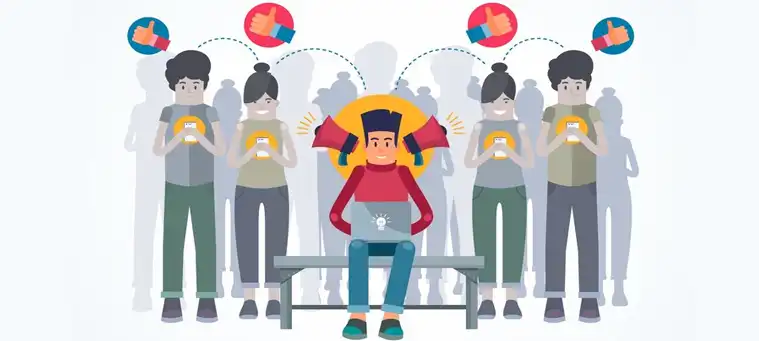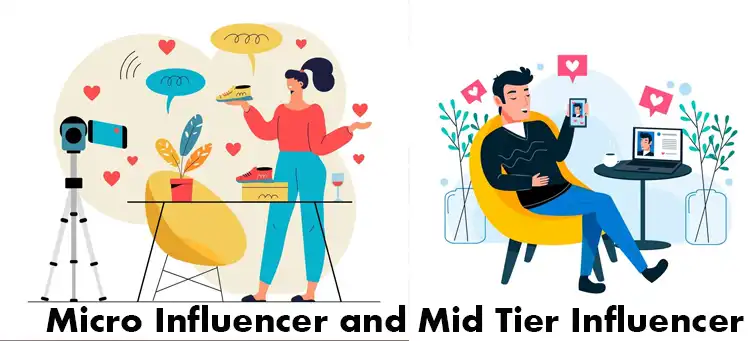Effective communication is the cornerstone of any successful collaboration, and this is especially true in the dynamic world of 3D animation. When clients and animation studios establish clear communication channels and follow best practices, they can navigate the complexities of a project with ease, fostering a productive working relationship and delivering outstanding results.
In this article, we’ll share practical tips and strategies to facilitate seamless communication between clients and 3D animation studios, ensuring a smooth journey from concept to final delivery.

Why Effective Communication is Necessary in the 3D Animation Industry
The 3D animation industry is a collaborative and creative space, where clients’ visions are brought to life through the expertise and skill of animation professionals. However, without clear communication, even the most brilliant concept can become lost in translation, leading to misunderstandings, delays, and potential conflicts.
Common communication pitfalls between clients and studios include:
- Misaligned expectations and unclear project goals
- Lack of regular progress updates and feedback loops
- Miscommunication regarding design decisions and revisions
- Scope creep and budgetary concerns
By addressing these challenges head-on, clients and studios can reap the benefits of effective communication, including improved collaboration, increased client satisfaction, and high-quality results that exceed expectations.
Communication Tips for Clients and 3D Animation Studios Before Production
The pre-production phase sets the tone for the entire project, making it crucial to establish clear communication from the outset. Here’s how clients and studios can align their expectations and ensure a smooth start:
1. Setting Expectations and Defining Project Goals
Before diving into the creative process, it’s essential to have an open discussion about the project’s goals, target audience, desired style, tone, and complexity. Clients should provide a clear vision, while studios should offer their expertise to ensure feasibility and alignment.
Establishing clear timelines, budgets, and deliverables is also crucial at this stage. Both parties should agree on realistic deadlines and costs, taking into account potential revisions and unforeseen challenges.
2. Scriptwriting and Storyboarding
The scriptwriting and storyboarding process is a collaborative effort that requires effective communication and feedback loops. Studios should encourage clients to provide input and revisions, ensuring that the narrative and visual storytelling align with their vision.
Utilizing visual references, mood boards, and storyboards can greatly enhance clarity and minimize misunderstandings during this phase.
3. Character and Environment Design
Character and environment design are integral components of any 3D animation project, and client involvement is key to achieving desired results. Studios should encourage clients to participate in design decisions, providing clear descriptions, reference materials, and style guides.
By fostering open communication and collaboration during the pre-production phase, clients and studios can establish a solid foundation for the project, minimizing potential roadblocks and ensuring a smooth transition into production.
Communication Tips for Clients and 3D Animation Studios During Production
As the project moves into the production phase, effective communication becomes even more critical. Both clients and studios should prioritize regular progress updates, feedback loops, and open discussions to ensure the project stays on track.
1. Regular Progress Updates and Review Meetings
Studios should provide regular progress updates, utilizing milestones and review meetings to keep clients informed and involved. Effective communication channels, such as email, project management tools, or video conferencing, should be established to facilitate seamless information sharing.
These updates not only keep clients in the loop but also provide opportunities to address concerns, mitigate potential issues, and make necessary adjustments in a timely manner.
2. Feedback and Revision Management
Feedback and revisions are an integral part of the animation process, and clear communication protocols should be established to manage them effectively. Studios should set up well-defined feedback loops, allowing clients to provide constructive, specific, and actionable feedback.
It’s also essential for clients to understand the limitations and complexities of the revision process, ensuring that their feedback is realistic and aligned with the project’s scope and budget.
3. Managing Scope Creep
Scope creep is a common challenge in any creative project, and open communication is key to addressing it effectively. Studios should be proactive in identifying and communicating potential changes early on, allowing clients to make informed decisions about the impact on costs and timelines.
By maintaining transparency and fostering open discussions, clients and studios can work together to find solutions that balance creative vision with practical constraints.
Communication Tips for Clients and 3D Animation Studios After Production
As the project nears completion, clear communication remains crucial to ensure a smooth delivery and successful wrap-up.
1. Final Approvals and Delivery
Studios should establish a clear process for final approvals and delivery, ensuring that clients have ample opportunity to review the final product and provide any necessary last-minute adjustments. Open communication during this phase can prevent misunderstandings and ensure that the final delivery meets or exceeds client expectations.
2. Feedback and Future Collaborations
After the project’s completion, both clients and studios should take the time to provide feedback and reflect on the communication process. This feedback can be invaluable for identifying areas of improvement and strengthening future collaborations.
Fostering a positive working relationship built on trust and open communication can lay the foundation for successful future projects and long-term partnerships.
Pro Tips for Effective Communication
Throughout the project lifecycle, adhering to the following pro tips can enhance communication and foster a productive working relationship:
Use Clear and Concise Language: Avoid technical jargon and communicate in a way that is easily understood by both parties. Clear language minimizes misunderstandings and ensures that everyone is on the same page.
Practice Active Listening: Active listening involves being fully present, asking clarifying questions, and seeking to understand the other party’s perspective. This fosters a collaborative environment and helps prevent misinterpretations.
Build Trust and a Positive Working Relationship: Trust is the cornerstone of any successful collaboration. By being transparent, accountable, and respectful, clients and studios can cultivate a positive working relationship that facilitates open communication.
Leverage Visual Aids: The animation industry is a highly visual medium, so utilizing tools like storyboards, concept art, and animatics can greatly enhance communication and ensure alignment on creative vision.
Set Realistic Expectations and Deadlines: Establishing realistic expectations and deadlines from the outset can prevent misunderstandings and frustrations down the line. Both parties should be open and honest about project constraints and capabilities.
Summing Up
Effective communication is the lifeblood of successful client-studio collaborations in the 3D animation industry. By following the strategies and tips outlined in this guide, clients and studios can navigate the complexities of a project with ease, fostering a productive working relationship and delivering exceptional results.
Remember, communication is a continuous process that requires active effort from all parties involved. Embrace open dialogue, active listening, and a commitment to understanding each other’s needs and perspectives.

